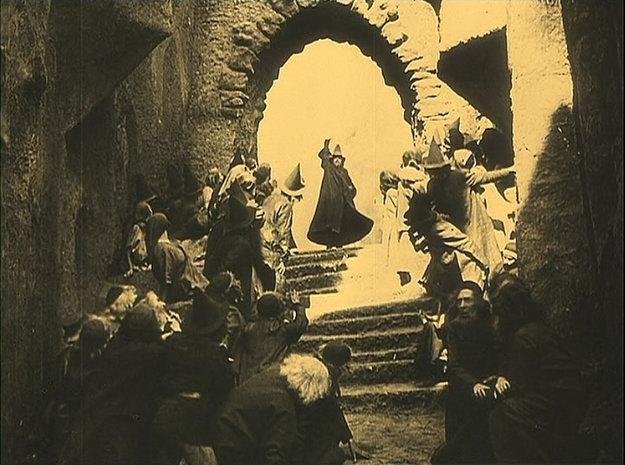
Since I’ve been such a good boy this year, Santa delivered some prezzies a little early. What a good sport!
My old pal Ian Taylor of the East Neuk Irregulars was a Spanish Civil War aficionado. As a result the SCW has been on my mind of late as a potential project. Thankfully Bob Cordery has recently re-released Arriba Espana which now includes rules for playing the SCW with his Portable Wargame system. I’m particularly taken by the huge range of warring factions in the SCW but I admit I’m a complete greenhorn when it comes to who is who. I’d seen Bob’s La Ultima Cruzada recommended as a top-notch SCW sourcebook, so thought it would be a timely addition to my reference library.
And why get two, when you can have four? I must admit Bob’s The Balkan League came at me from left field. But in it he presents rules for matrix games, which is an area I haven’t explored yet, so will be interesting to see what’s what where that’s concerned. And Portable Naps? Well, in for a penny, in for a pound!
I’ve certainly got plenty to tuck in to this Christmas. May Santa be equally as kind to you. All the very festive best!










